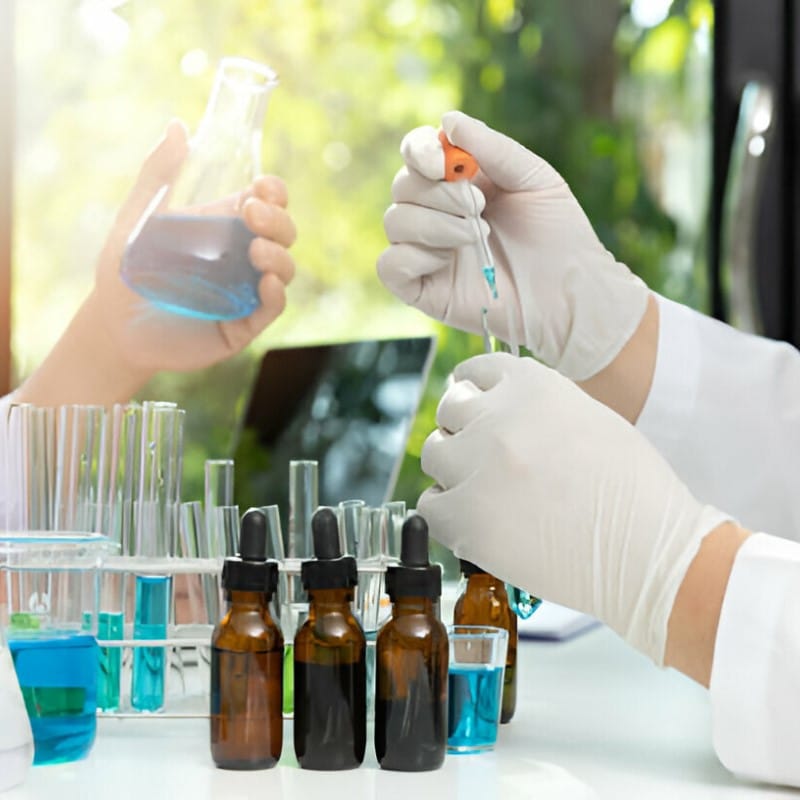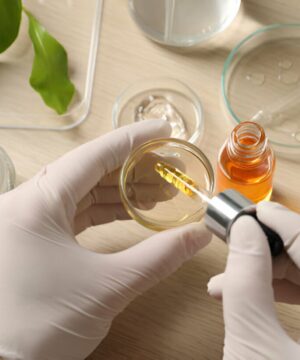Stability testing and a compatibility test are among the most important steps in cosmetic product quality assurance. These laboratory tests further help determine whether a product can withstand various environmental conditions. Packaging testing is also performed throughout its shelf life.
What are the accelerated tests of compatibility and stability?
Accelerated stability tests use temperature, humidity, light and other aspects of the environment to observe the product over a period of time. The intent is to determine the shelf life and stability of a product over a relatively short period of time. Compatibility tests focus on the interaction between the product and the packaging to ensure that the two continue to function optimally together.
These tests are very important during the development phase of a product because they help prevent formulation or packaging problems later on.
Importance of stability and compatibility testing
These tests are important for several reasons:
- It ensures quality control: It ensures that the product retains its color, odor, texture and bioactivity throughout its shelf life.
- Consumer/end-user safety: The formulation intended to be compounded and the packaging may cause changes and interactions that may pose a threat to users.
- Regulatory: Stability data are mandated in certain countries, including the entire EU, within the Cosmetic Product Information File (CPIF or PIF).
How do you prepare a sample?
Sample required: samples should consist of 12 finished products in their original packaging.
Send samples in the original packaging of your products as they are offered for sale.
After purchasing this test, we will send you all the instructions you need and where to send the samples.
Steps in the testing process
1. Send samples
Send the sample of your product so we can start the laboratory test. After purchasing this test, we will send you all the instructions you need.
2. Sample preparation
Samples of the finished product are more accurately divided into a number of tests. These are tested for compatibility in different types of packaging.
3. Setting test conditions
The samples are exposed to various conditions such as:
- Temperature: Usually conservative temperatures of 4°C, 25°C and 40°C are used to test the impact of cooling and heating.
- Light: Both UV ray absorption and visible light to determine the degree of photostability of a {nahrung}test assistant.
- Humidity: Increase in humidity for a structurally moisture-sensitive product formulation.
4. Periodic review
Selectively and at set intervals, samples are examined for physical, chemical and biological changes. These changes include:
- Physical properties: The color, structure and viscosity of the sample.
- Chemical stability: For the specified time intervals, pH level and degradation reaction of active components are assessed.
- Microbiological stability: Further control of the efficacy of preservatives is under investigation.
5. Compatibility tests
Packaging is checked for signs of degradation, such as cracks, leaks or interactions with the product, such as discoloration or loosening of fabrics.
Results and interpretation
Upon completion of the tests, the results are analyzed to determine if the product is suitable for the market. If problems are identified, such as instability or unsuitability of packaging, the formulation or packaging may be modified.
How long will the test take?
Duration of the test: 90 days
Estimated delivery time report: 105-115 days
How do I get the results?
You will receive an email when the test results are ready.








Reviews
There are no reviews yet.